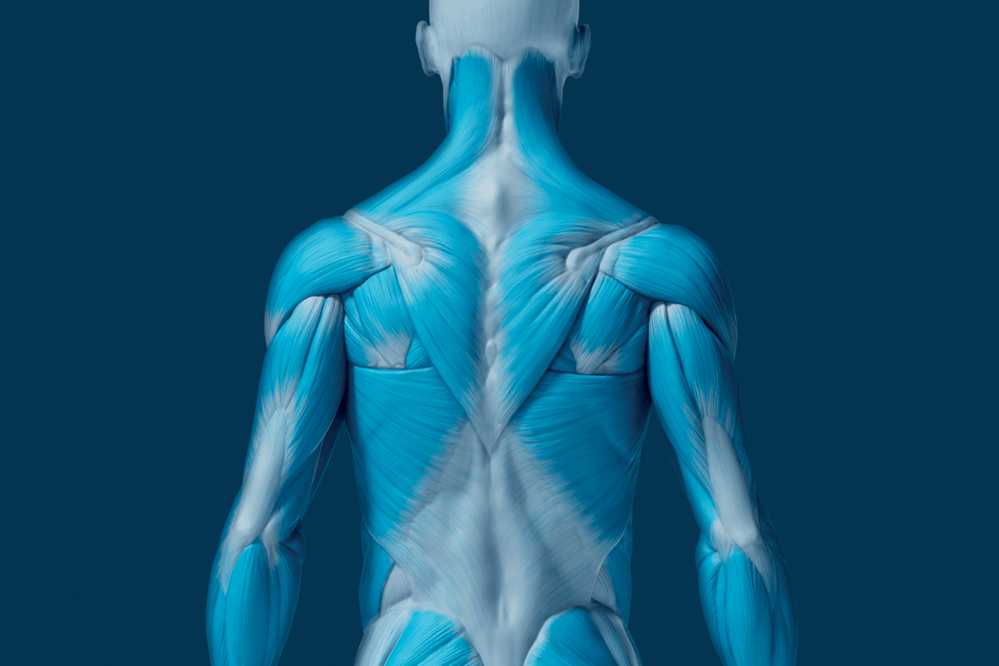Chronic pain and muscle inhibition

It is a well known fact that pain inhibits muscle activation. After just a few days without appropriate activation muscles start to become weaker. In chronic pain situations, where muscles are inhibited from activating for weeks, months or even years, the size and structure of muscles is also affected causing atrophy (muscle wasting) and weakness. As muscle strength decreases, muscular imbalances develop and the way you move changes. Even when your pain is reduced, you are left with a legacy of the pain. So, although you feel better in the short term, the lack of strength and altered movement patterns can cause your pain to reoccur or other injuries to develop. This leads to a cycle of deconditioning and recurrent pain episodes. When your pain is better controlled, you have the opportunity to rebuild your muscle strength, improve your movement patterns and break the cycle of deconditioning and chronic pain.
Exercise and Fibromyalgia

Fibromyalgia is a chronic condition that causes widespread musculoskeletal pain and tenderness. Fibromyalgia affects between 2% and 10% of Australians, most commonly young to middle aged women. There is no cure for Fibromyalgia, but treatment can help you manage your symptoms.
A combination of pain, fatigue and altered mood can result in inactivity. Regular exercise can help to reduce pain and tenderness, improve sleep quality, increase energy levels and reduce stress and depression. Exercise should be introduced slowly and gradually. Muscle weakness is common in Fibromyalgia. Inactivity due to pain and fatigue often leads to weaker and wasted muscles. This can make it even more difficult to continue a normal lifestyle. Strength training can increase muscle strength, endurance and bone density to improve your functionality and ability to complete activities of daily living.